Entry Category: Law - Starting with S
 Shooting Tribute
Shooting Tribute
 William Sidle Killing Article
William Sidle Killing Article
Sigler (Lynching of)
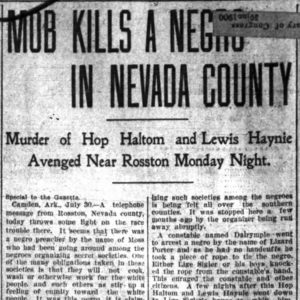 Sigler Lynching Article
Sigler Lynching Article
Simmons, Ronald Gene
 Lee Simms
Lee Simms
Simms, Lee (Trial and Execution of)
 Lee Simms Article
Lee Simms Article
Simpson, Louis (Reported Lynching of)
Skipper v. Union Central Life Insurance Company
aka: William Franklin Skipper (Murder of)
aka: Monticello Lynching of 1898
Slater, Philip (Lynching of)
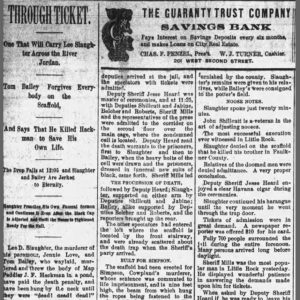 Slaughter and Bailey Execution Story
Slaughter and Bailey Execution Story
Slaughter, Tom
 Tom Slaughter
Tom Slaughter
 Tom Slaughter Death Article
Tom Slaughter Death Article
Slave Codes
Smackover Riot of 1922
Smith (Lynching of)
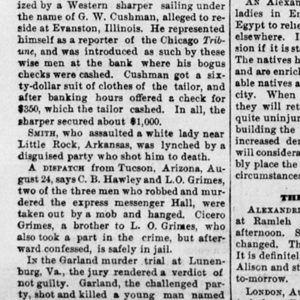 Smith Lynching Article
Smith Lynching Article
Smith, Frank Grigsby
Smith, George Rose
Smith, Griffin Sr.
Smith, Henry (Lynching of)
 Henry Smith Lynching Article
Henry Smith Lynching Article
 Hershel Alan Smith
Hershel Alan Smith
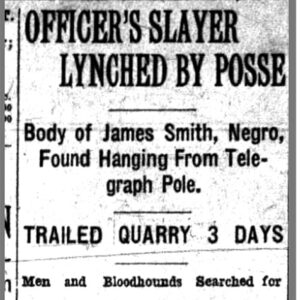 James Smith Lynching Article
James Smith Lynching Article
Smith, Jim (Lynching of)
Smith, Lavenski Roy
Smith, Leroy (Lynching of)
Smith, Less (Lynching of)
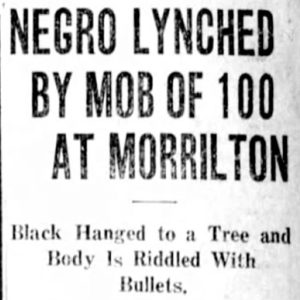 Less Smith Lynching Article
Less Smith Lynching Article
 Pamela A. Smith
Pamela A. Smith
Smith, Pamela A.
Smith, Ray Sammons, Jr.
Smith, Robert Hardin
Smith, Walter (Reported Lynching of)
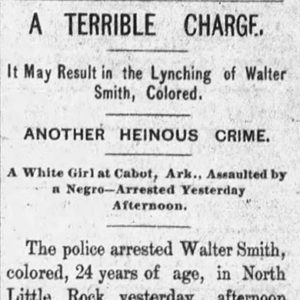 Walter Smith Crime Story
Walter Smith Crime Story
Smith, William Jennings (Bill)
Smith, William W.
Smithee-Adams Duel
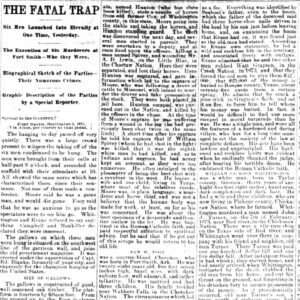 Smoker Mankiller and Samuel Fooy Execution Article
Smoker Mankiller and Samuel Fooy Execution Article
Snell, Richard Wayne
Solomon, David
Southern Arkansas Race Riots of Late 1896
Speers, J. E. (Execution of)
 J. E. Speers Execution Story
J. E. Speers Execution Story
 J. E. Speers Execution Story
J. E. Speers Execution Story
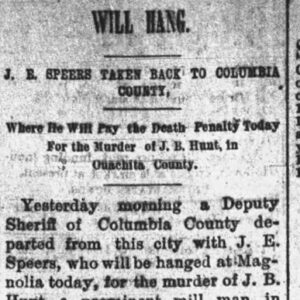 J. E. Speers Execution Story
J. E. Speers Execution Story




